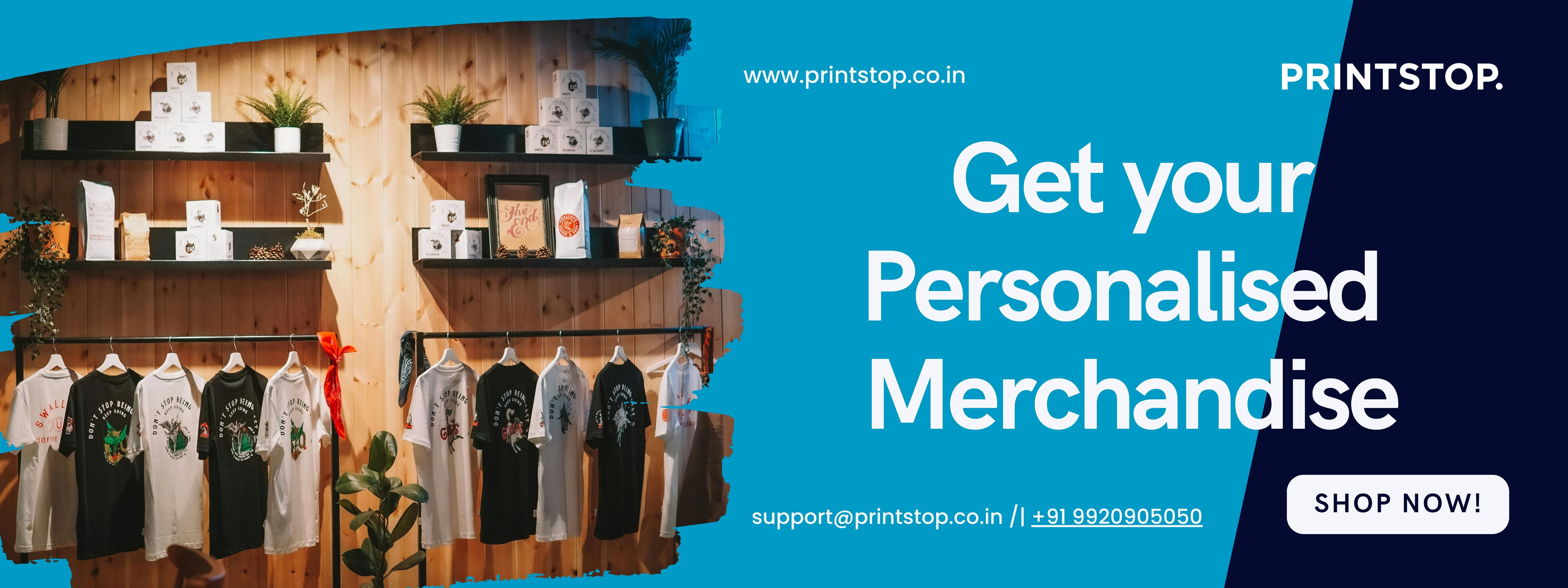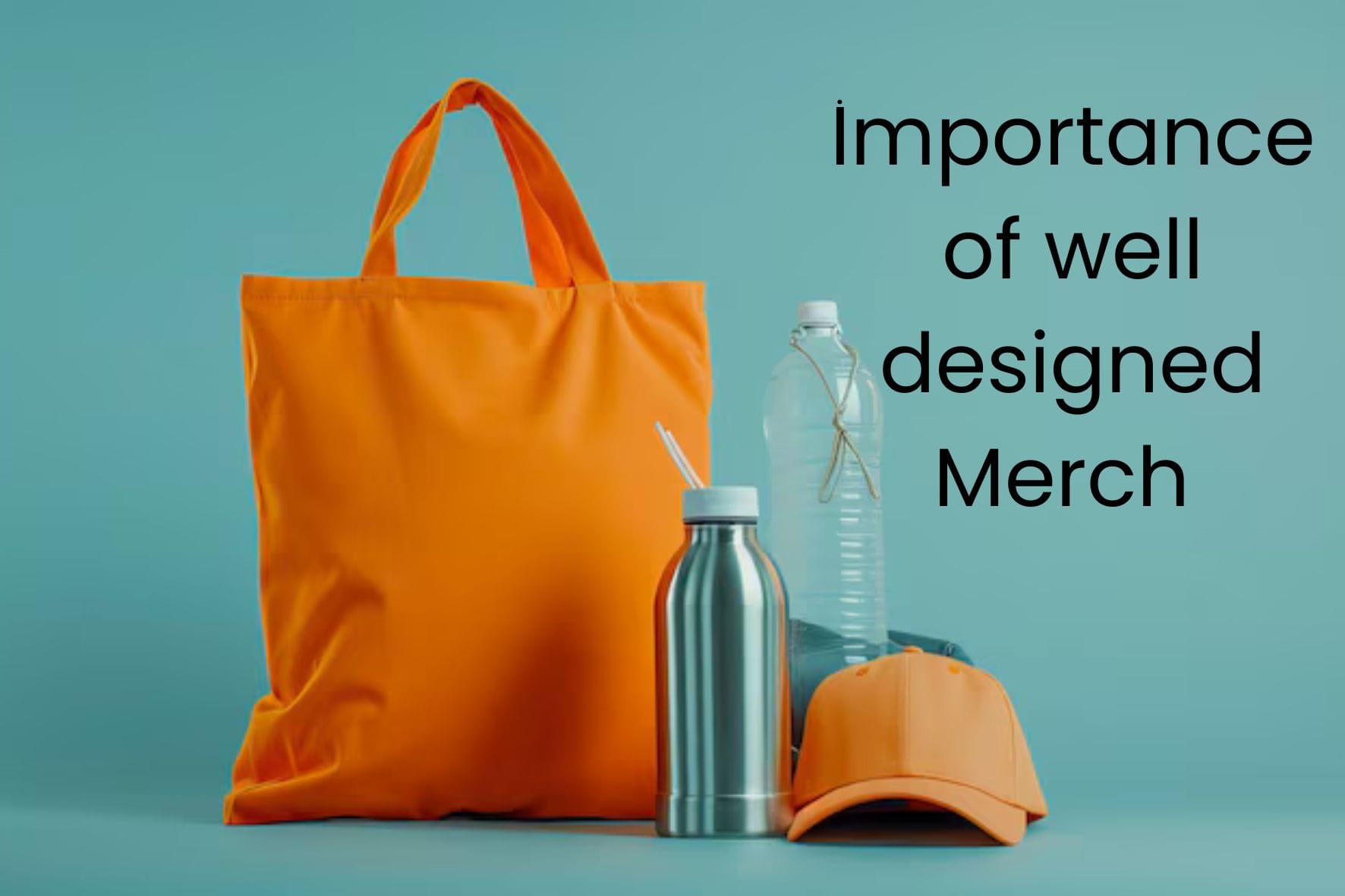How to make Merchandise for your Brand? A Detailed Guide
Creating a strong brand presence is a must in today’s competitive market, and branded merchandise is one of the smartest ways to do it. From mugs and t-shirts to tech gadgets and office essentials, the right promotional merchandise boosts visibility, builds loyalty, and even drives revenue.
If you’re wondering how to make merchandise, this guide is for you. We’ll walk you through every step, from choosing the right products to designing and selling them, so you can craft business promotional products that truly reflect your brand. Let’s get started!
Step 1: Research the Market & Merchandise Options – Define Your Merchandise Goals

Before diving into creating personalised corporate merchandise, it’s important to first understand who your merchandise is meant for. Knowing your audience ensures your promotional products and gifts are relevant, useful, and truly resonate with them.
Understand Your Target Audience and Market Landscape
- Identify who your Audience is - Know exactly who will use your branded merch, whether it’s for clients, team members, or event participants.
- Understand the Audience - Study what appeals to them, tech gadgets, sustainable products, or trendy apparel and how they make purchase decisions.
Explore Merchandise Possibilities
- Brainstorm product ideas that reflect your brand - Think of merchandise that captures your brand’s personality and values. Your products should tell your brand story in a fun or meaningful way.
- Browse trending items in your niche or industry - Check what’s popular in your field to stay relevant and appealing. Trends help you create these products your audience actually wants.
- Look into Popular Merchandise categories - Explore best-selling categories such as T-shirts, bottles, gadgets, or sustainable items. These timeless picks work well across different audiences and purposes.
Study the Competition

- Keep an eye on competitors and the products they offer.
- Spot gaps or unmet customer requirements to introduce fresh, unique business merchandise that sets your brand apart.
What Do You Want to Achieve?
- Brand Awareness - Use branded merch to boost visibility and keep your brand top-of-mind with your target audience.
- Revenue Generation - Sell business swag to create an additional income stream while promoting your brand.
- Customer Engagement - Offer merch that encourages interaction, builds loyalty, and strengthens customer relationships.
- Team Building/Internal Use - Distribute business promotional products internally to foster team spirit, motivation, and a sense of belonging among employees.
Step 2: Define Your Brand Identity
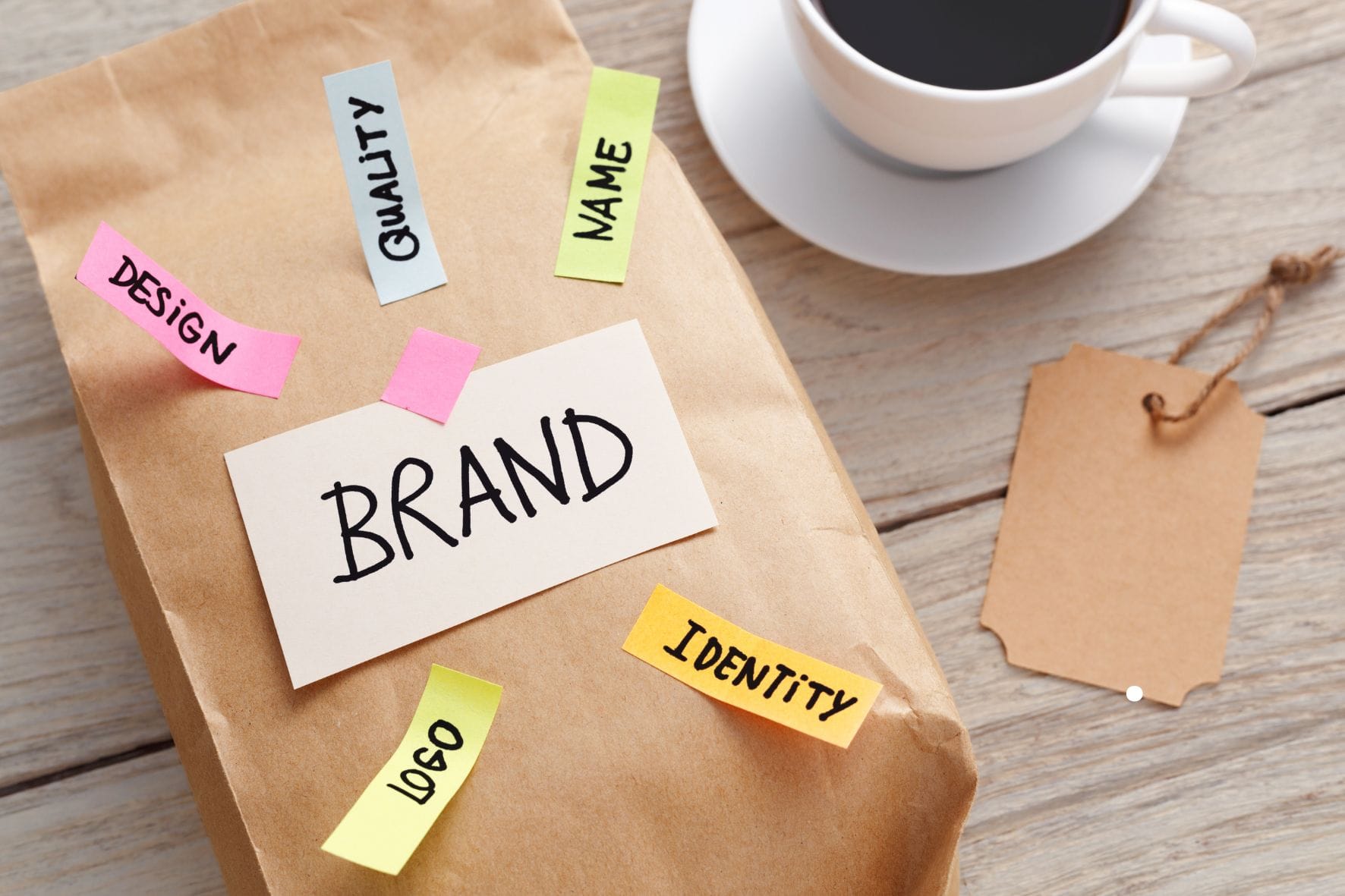
Before creating your company merchandise, clarify your brand’s values, voice, and visual style to ensure your merchandise truly reflects your identity. Consistent branding makes your promotional merchandise instantly recognisable and memorable
Clarify Your Brand Values and Aesthetic
Define what your brand stands for and the style it represents, ensuring your branded merch reflects the right message and visual appeal.
Understand Your Brand Mission and Voice

Be clear about what your brand represents and the message you want to convey through your merchandise.
- What does your brand stand for? - Define your core values and purpose, this will guide every merchandise design decision.
- What tone do you use?Playful, professional, bold, minimal? - Decide on a consistent tone that matches your brand personality and resonates with your audience
Pin Down Visual Identity
Before creating promotional merchandise, it's crucial to first define a clear and consistent visual identity that reflects your brand across every item.
- Logo and its variations - Ensure your logo looks good across all formats and sizes used in merchandise.
- Colour palette and typography - Stick to brand colours and fonts to maintain a unified and recognisable look across all products.
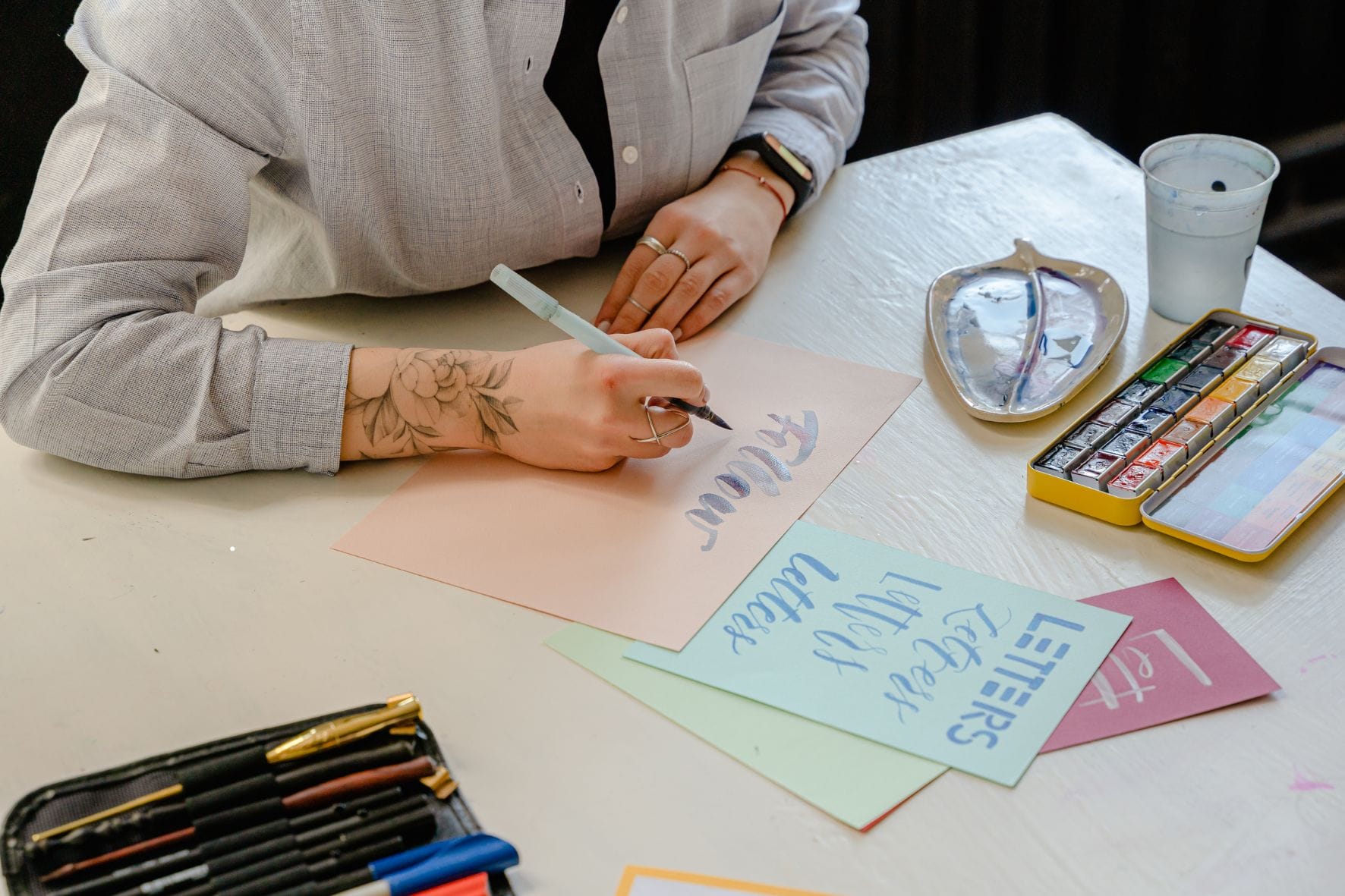
- Tagline or brand message that should reflect across all items - Use your brand’s tagline or message carefully so it adds value and reinforces your identity on each item.
Consistency Is Key
Consistency makes your merchandise more impactful by ensuring uniform logo, colours, and tone across all items. This builds brand recall, trust, and a clear message for your audience.
Step 3: Identify Your Target Audience

To create impactful promotional merchandise, start by clearly identifying your target audience and tailoring each item to their needs, lifestyle, and buying behaviour.
Know Who You’re Creating For
Be clear about whether your products are for customers, employees, event attendees, or partners, as each group has different needs and expectations.
Demographics and Psychographics
Study their age, profession, lifestyle, interests, and values to make your customised corporate merchandise relevant and appealing.
- Consider age, profession, lifestyle, and interests - Design merchandise that fits naturally into their daily life, whether it’s trendy for youth, practical for professionals, or eco-friendly for conscious buyers.
- Understand what motivates their buying behaviour - Know what influences their purchase decisions, usefulness, emotional connection, and brand values so your merchandise truly clicks with them.
Audience Type: B2B vs B2C
Decide whether your merchandise targets businesses (B2B) or individual consumers (B2C), as each requires a different approach.
- B2B (Business to Business) - For B2B audiences, pick professional, practical items like office supplies, tech gadgets, or executive gifts that offer daily usefulness.
- B2C (Business to Customer) - For gifting merchandise to customers, opt for expressive, trend-led merch like apparel, drinkware, or lifestyle accessories that suit their personal tastes.
Define the Use Cases for Your Merchandise
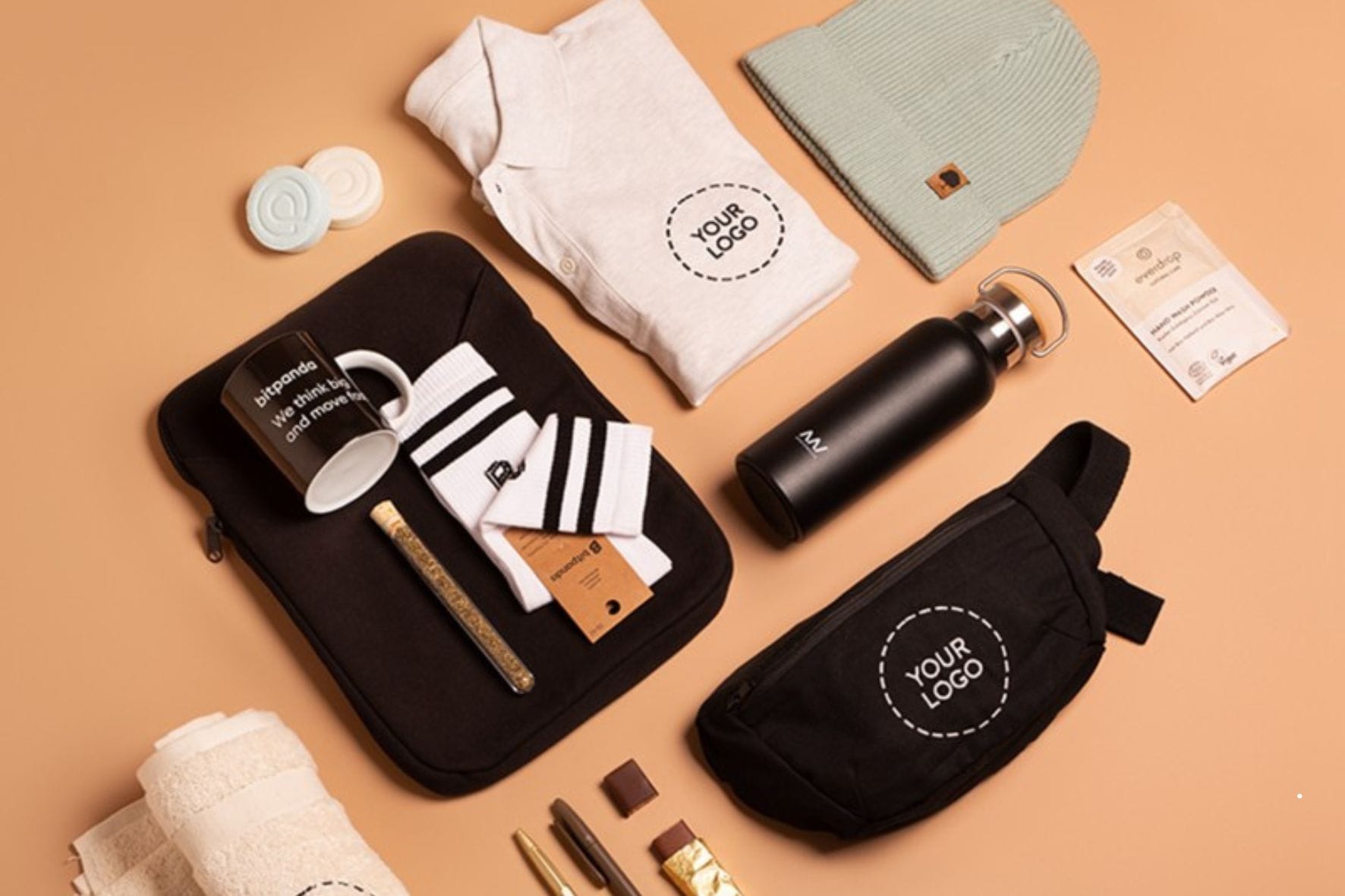
Consider how your customised merchandise will be used. Clear use cases help you choose business promotional products that suit the purpose and audience perfectly.
Ask yourself:
- Is it for office or work-related use?
- Will it be worn or used everyday?
- Is it meant for gifting or event giveaways?
- Will it be part of a loyalty program or internal celebration?
Step 4: Decide the Purpose of Your Merchandise
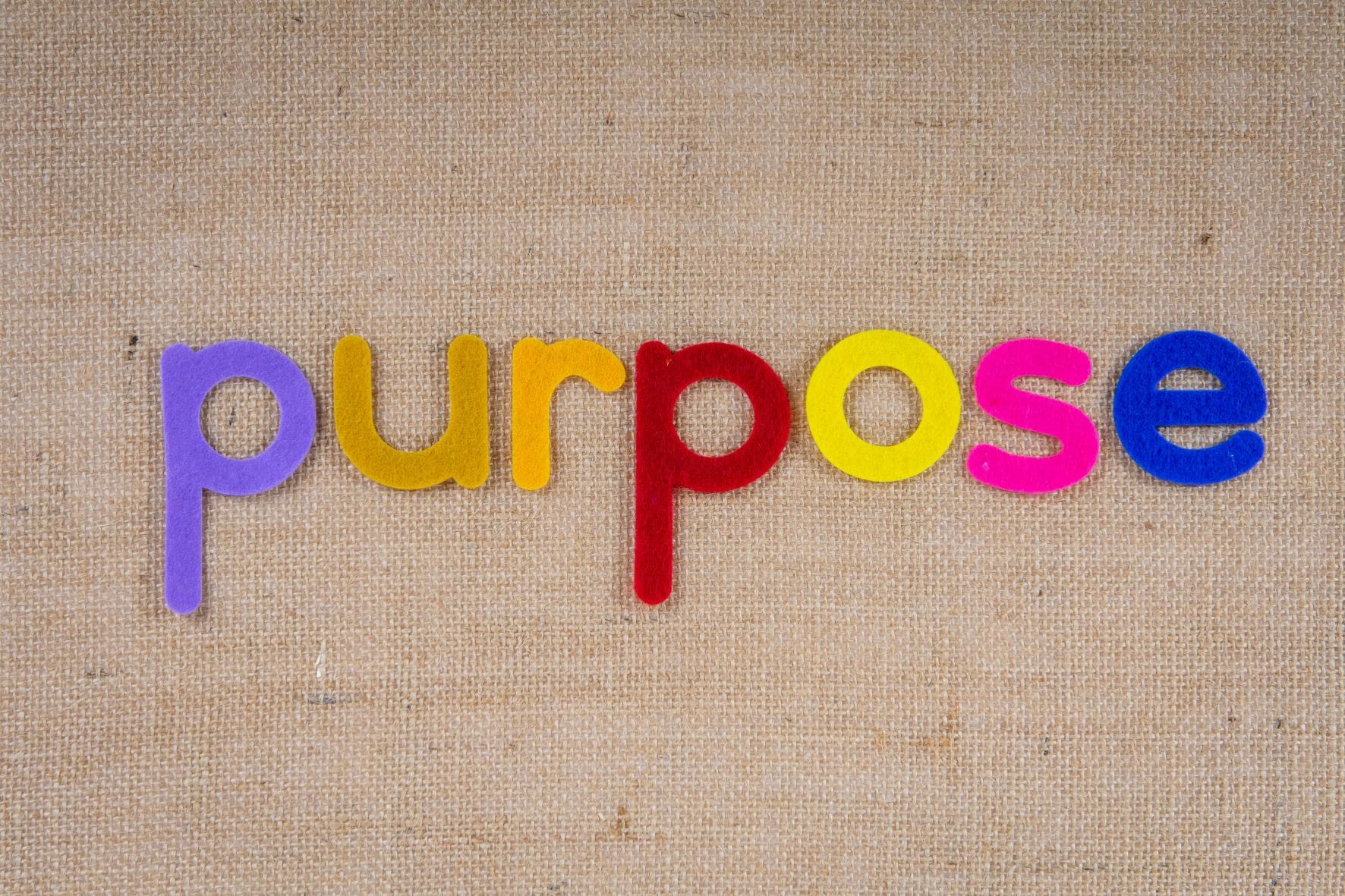
Define whether your branded merch is for internal teams or external customers to align its design, use, and impact with your business goals.
Who Is It For?
Decide if your merchandise is meant for employees and partners (internal) or customers and the public (external), as this will shape product choice and messaging.
- Internal Merchandise: These are created for employees, partners, or stakeholders to build team spirit and a sense of belonging. Items like onboarding kits, rewards, or event gifts help motivate and engage your internal audience. This type of merch strengthens company culture and turns your team into proud brand ambassadors.
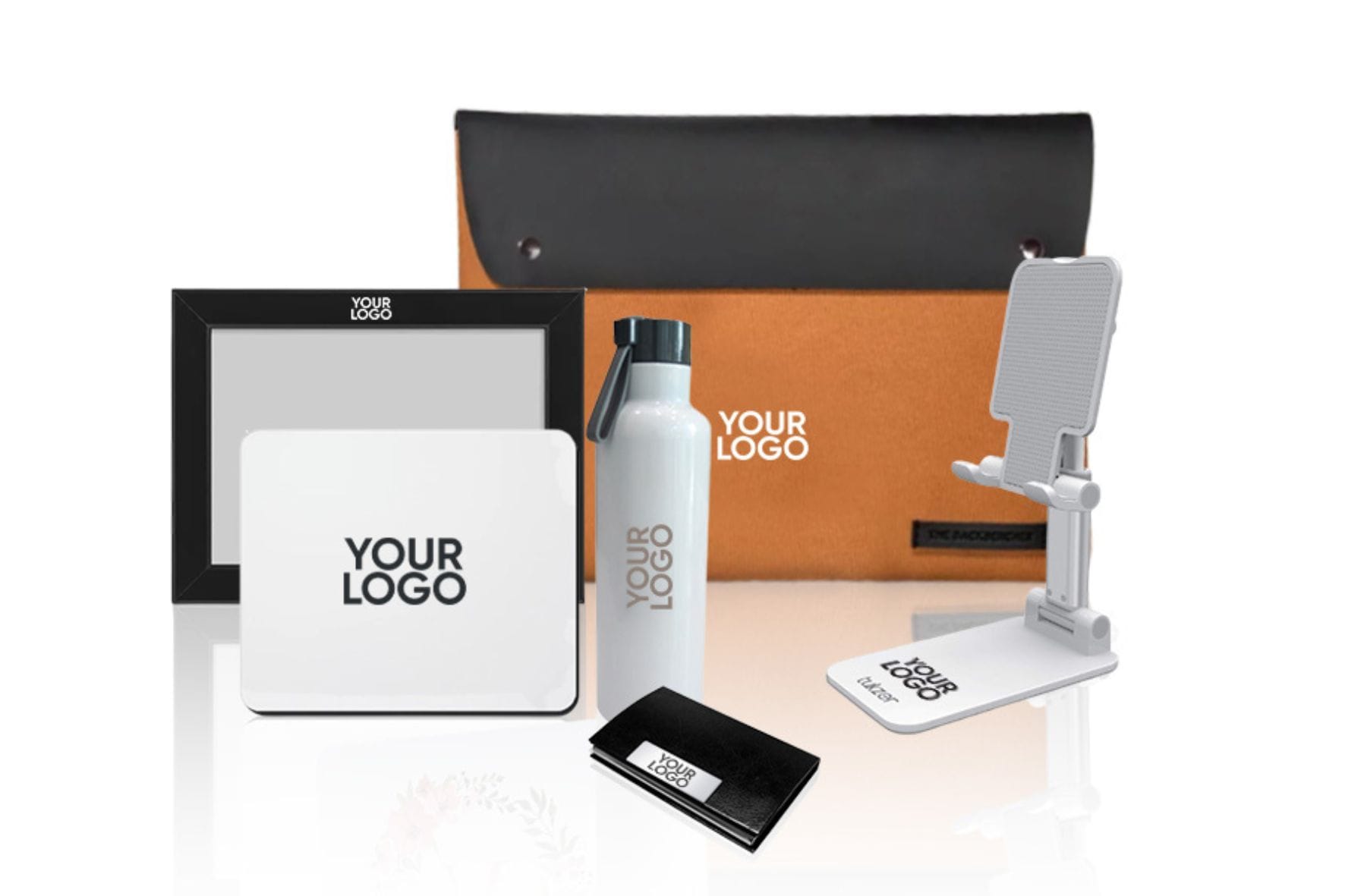
- External Merchandise: These target customers, followers, or event attendees to boost brand visibility and recognition. Products such as apparel, tech gadgets, or giveaways help engage your audience and attract potential clients.
Set Clear Objectives for Your Merchandise Strategy
Before finalising your business promotional products, ask yourself these questions:
- Are you aiming to generate brand awareness?
- Is your goal to build a sense of community or boost internal morale?
- Are you looking to increase revenue and drive customer engagement through your merchandise?
A clear purpose ensures your merchandise delivers real, measurable impact.
Step 5: Choose the Right Merchandise Products
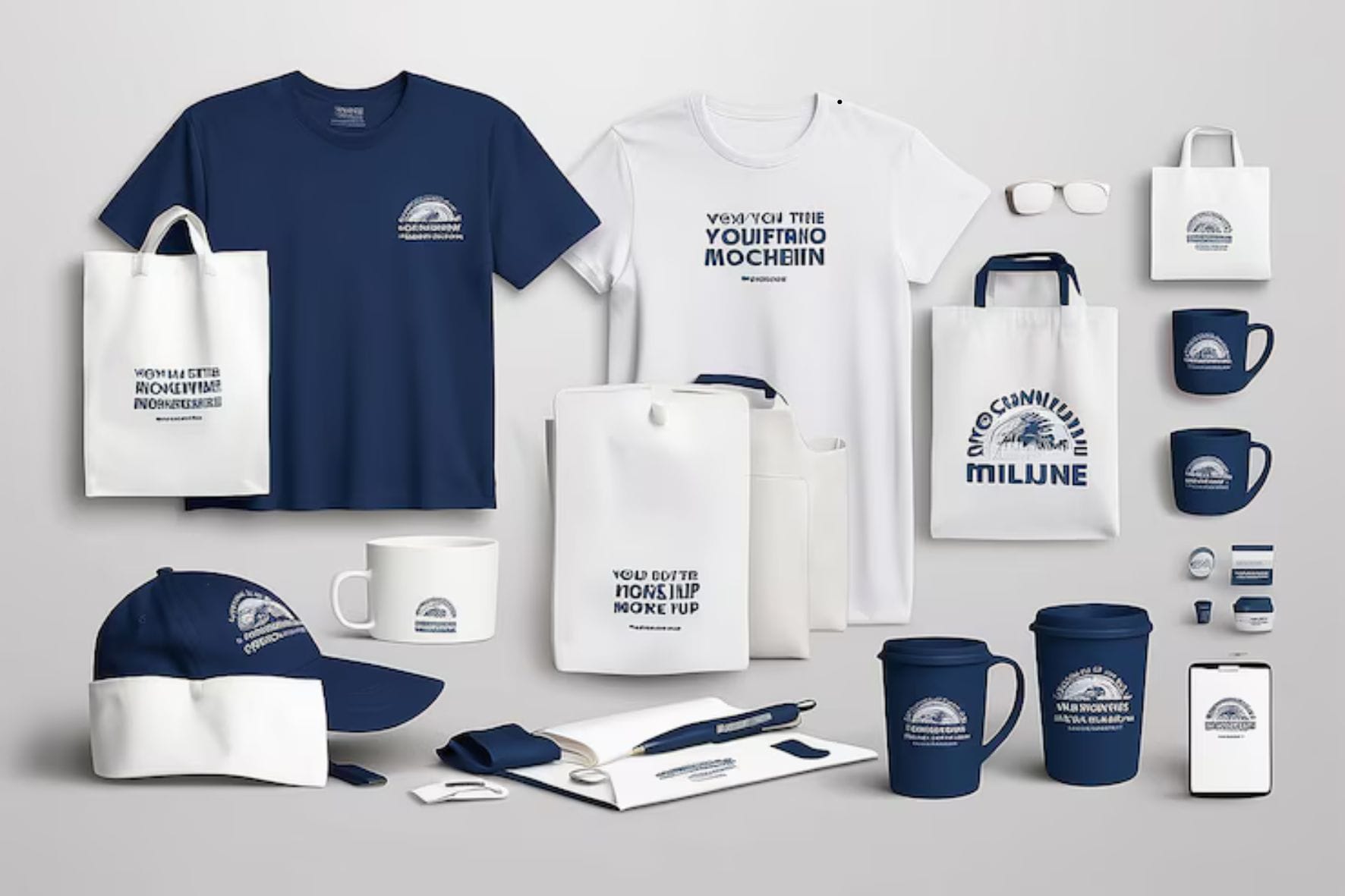
Choosing the right merchandise is about finding a balance between functionality and brand appeal to ensure your products are both useful and memorable.
Popular Categories to Consider
Choose from top products categories like apparel, tech accessories, office supplies, or eco-friendly products that suit your brand and audience. These timeless options ensure wide appeal and everyday usability.
- Apparel - T-shirts, caps, and hoodies are versatile branded merch options that offer great visibility and appeal across different age groups. They turn customers and employees into walking brand ambassadors.
- Tech Accessories -Power banks, phone stands, and USB drives are practical business promotional products that suit tech-savvy audiences and offer everyday functionality.
- Office Supplies -Notebooks, pens, and mugs make useful corporate merchandise for professionals, ideal for daily office use and internal gifting.
- Eco-friendly - Jute bags, metal bottles, and reusable products reflect sustainable values, perfect for eco-conscious brands wanting to promote green practices.
Balance Functionality with Brand Appeal
The success of your branded merch depends on balancing functionality with brand relevance.
Choose products that reflect your brand’s style and purpose
- Select merchandise that aligns with your brand’s identity, whether it's sleek and professional or fun and youthful, to reinforce brand recognition.
- Ensure the design, colour, and message on each item match your overall brand persona and values.
Prioritise items that are useful, durable, and likely to be kept
- Go for high-quality items your audience will actually use, like notebooks, drinkware, or tech accessories, to increase retention and visibility.
- Durable products extend your brand’s exposure over time and offer better long-term value.
Avoid gimmicky products with little value to your audience
- Skip items that may be flashy but serve no real purpose, as they can dilute your brand’s credibility.
- Focus instead on thoughtful, relevant merchandise that your audience finds genuinely useful and worth keeping.
Step 6: Design Your Merchandise

Your merchandise design is where your brand comes to life, visually and emotionally. Whether you go the professional route or use DIY tools, the goal is to create something that’s not just branded, but also desirable.
Collaborate with a Designer or Use DIY Tools
- If you have access to an in-house designer, leverage their brand understanding to create tailored, on-brand designs.
- Hiring a freelance designer can be a flexible and cost-effective option for fresh ideas and professional polish.
- Alternatively, use DIY platforms like Canva, Adobe Express, or Figma to craft clean, consistent designs even without design expertise.
Elements to Include in Your Design
- Logo Placement: Ensure your logo is visible but not overpowering. Subtlety often adds a touch of sophistication.
- Taglines or Slogans: Use them only if they add value or emotion to the product; avoid forcing them in unnecessarily.
- Brand Colours and Fonts: Stick to your brand’s official colours and typography to maintain consistency and recognition across all merchandise.
Step 7: Select a Manufacturing or Printing Partner

Selecting the right manufacturing or printing partner is a critical step that can directly impact the quality, cost, and success of your merchandise. So it's essential to choose wisely.
Evaluate Your Options Carefully
Choosing the right production partner is crucial for quality promotion merchandise.
- Local vendors are ideal for hands-on involvement, quicker communication, and better quality control. Sampling and revisions are often easier and faster.
- Online print-on-demand platforms offer scalability, lower upfront costs, and wider delivery reach. Depending on your goals, whether creating internal gifts or business merchandise for wide distribution, pick the vendor that best suits your timeline, budget, and flexibility needs.
Key Factors to Consider
- Minimum Order Quantities (MOQs) - Check the supplier’s MOQ to ensure it fits your budget and order size. Some vendors offer low MOQs, ideal for small business runs.
- Delivery Timelines and Shipping Reliability - Confirm realistic delivery schedules and dependable shipping to meet your launch or event deadlines. Delays can impact the success of your merchandise strategy.
- Quality Assurance Processes and Return Policies - Ensure the vendor follows strict quality checks to avoid defects. Review their return policy to safeguard against faulty business promotional products.
- Flexibility in Customisation and Product Variety - Choose a supplier that allows design flexibility and offers a wide product range. This lets you create unique and varied custom corporate merchandise.
Do a Sample Run First
Never skip the sample run when creating custom merch. Order a small batch or prototype before committing to a full production run. This lets you inspect material quality, print clarity, and durability to ensure they match your expectations. Use these samples to gather internal feedback or test the items with a small audience. A careful trial run prevents costly mistakes and ensures your promotional products and gifts are truly top-notch.
Step 8: Decide on Distribution Channels
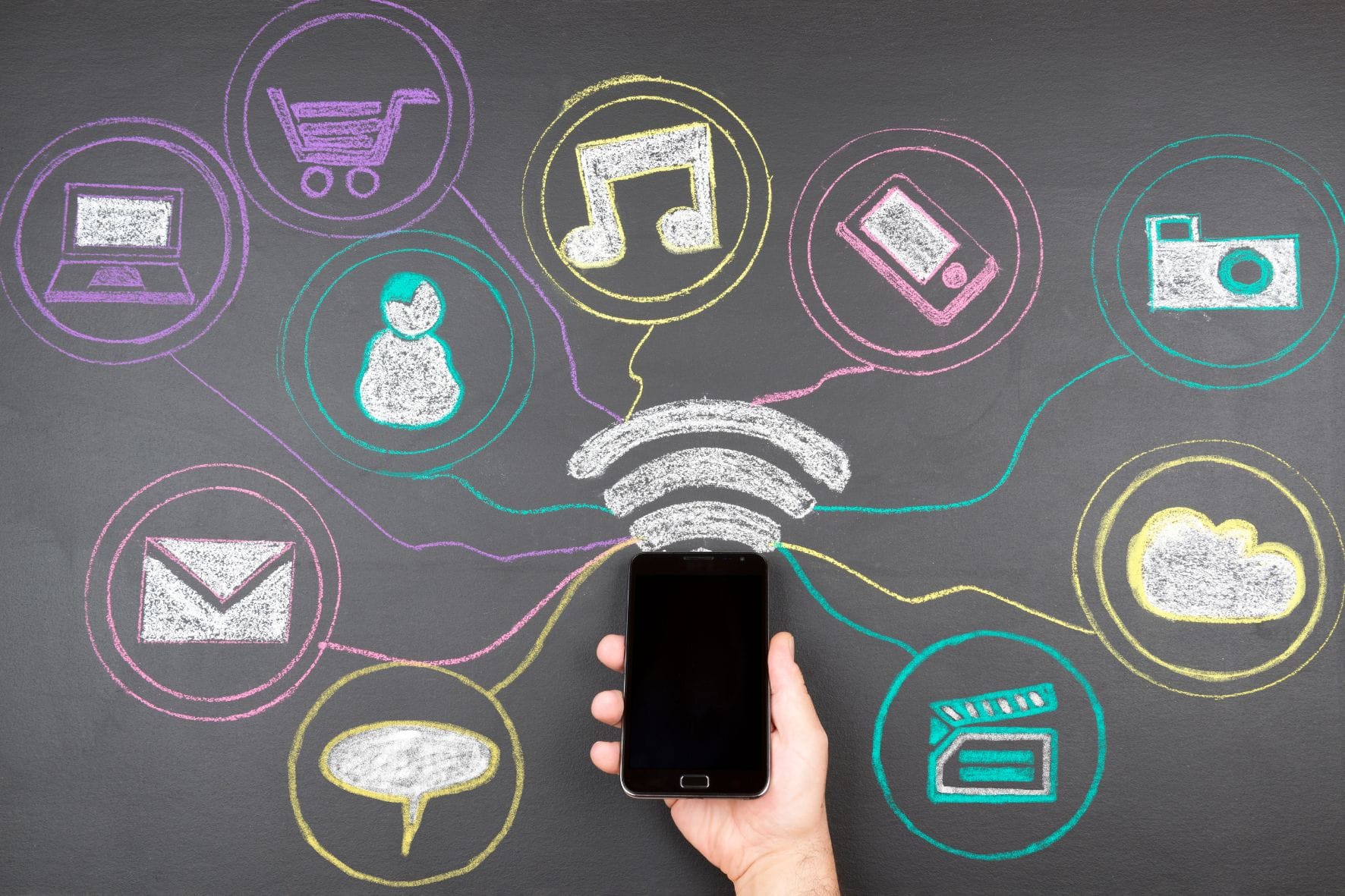
Choose the right mix of online and offline platforms to distribute your branded merch, ensuring it reaches your target audience effectively and creates maximum impact.
Promotional Giveaways
Promotional merchandise giveaways boost brand awareness and engagement through contests, events, or onboarding kits. They create goodwill and make your merch memorable and valued by your audience.
Merchandise for Sale
Set up a dedicated shop on your website to sell custom business merchandise and reach a wider audience. Offering limited edition or themed collections can create urgency and excitement among buyers. Selling branded merch not only generates extra revenue but also turns customers into walking promoters. This approach boosts both sales and brand visibility effectively.
Bundle with Purchases or Subscriptions
Enhance your main offerings by bundling them with useful promotional products and gifts like mugs or tote bags. This adds extra value, encourages upselling, and boosts repeat purchases. Bundling works well for both internal gifting and customer promotions. It turns simple business merchandise into a powerful loyalty-building tool.
Explore Online and Offline Channels
Use a mix of online and offline channels to distribute your promotional merchandise for wider reach. Sell through platforms like Shopify or Etsy and promote via social media to engage digital audiences. Offline, showcase your corporate merchandise at trade shows, fairs, or pop-up events. This builds both local presence and real-world customer connections.
Step 9: Promote Your Merchandise
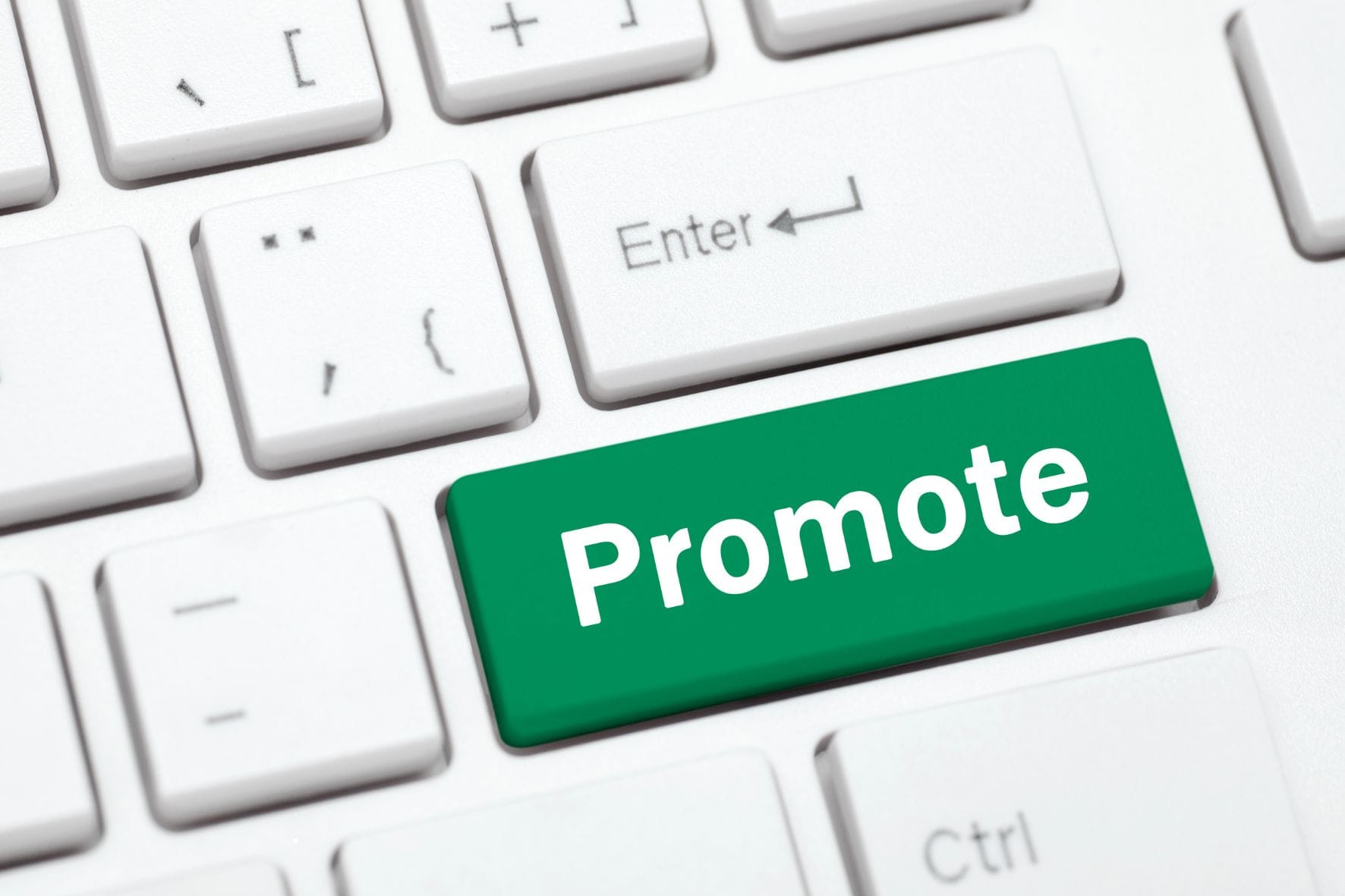
Promoting your merchandise effectively is key to maximising its impact. Use the right mix of channels, strategies, and incentives to drive visibility, engagement, and sales.
Use the Right Marketing Channels
Promote your merchandise on platforms where your audience spends time. This ensures your message reaches the right people at the right moment.
- Leverage social media platforms - Use engaging posts, reels, and stories to showcase your merch. Social media boosts visibility and encourages sharing among potential customers.
- Run targeted email marketing campaigns - Send personalised emails featuring new branded items or exclusive offers. This keeps your loyal customers informed and interested.
- Collaborate with influencers or brand ambassadors for added reach - Partner with influencers to present your business promotional products to a wider, trusted audience. Their endorsement adds credibility and reach.
- Share behind-the-scenes content and product teasers - Show how your promotional merchandise is made or packaged to build excitement. Teasers create curiosity and anticipation before the official launch.
Encourage User-Generated Content (UGC)
- Motivate customers to share photos using your merchandise to build trust and authenticity.
- Repost this content on your social channels to boost engagement and visibility.
- Create a custom hashtag to easily track and curate posts.
- Offering rewards or shoutouts encourages more participation.
Incentivise First-Time Buyers
Attract first-time buyers with special offers like discounts, free shipping, or early access to limited custom merch. These perks create excitement and drive quicker purchases. Limited-time deals build FOMO, pushing hesitant customers to act fast. This helps turn new visitors into loyal fans.
Smart Ways to Use Your Merchandise
- Use your corporate promotional items at trade fairs, events, and pop-ups to grab attention.
- Run contests or giveaways on social media to spark interest and buzz.
- Gift useful products to clients or teams for relationship-building.
- Link merch drops with new product launches for added excitement.
Step 10: Measure Success and Gather Feedback
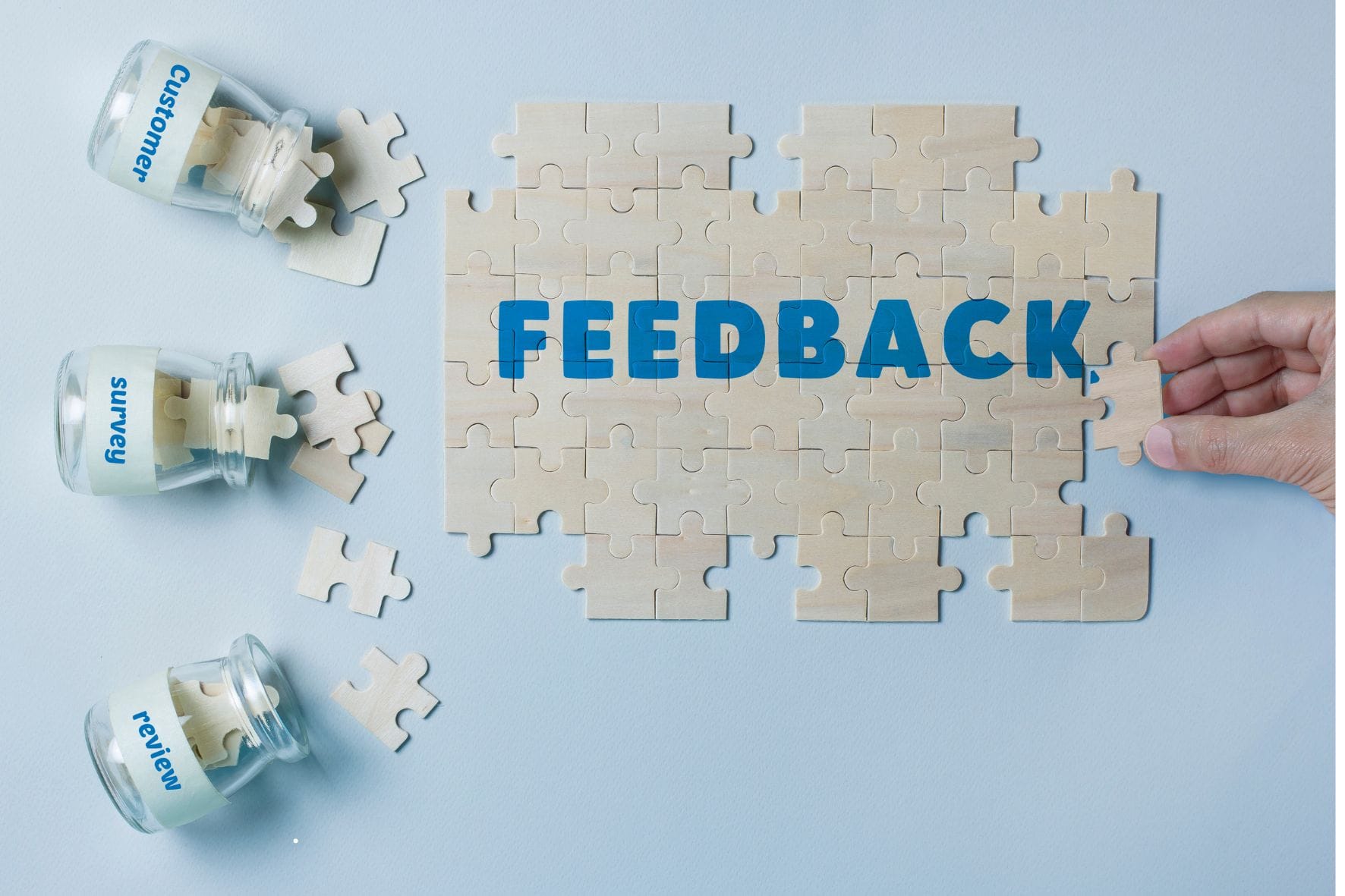
Track the performance of your promotional products through sales data, engagement metrics, and customer responses. Collect feedback to refine future business promotional products and improve impact.
Track Key Performance Metrics
Monitor sales, website traffic, social media engagement, and customer inquiries to measure the impact of your merch. These insights reveal what’s working and what needs improvement.
- Quantitative Metrics - Track sales, revenue, website traffic, and conversions from your merchandise campaigns. Monitor social media engagement and hashtag usage to see how well your promotional merchandise resonates with the audience.
- Campaign ROI - Measure the ROI of your merchandise campaigns by comparing total spend to results like engagement or conversions. Tracking cost per acquisition helps identify the most effective, budget-friendly strategies.
Refine Your Strategy Based on Feedback
Gather direct feedback through surveys, reviews, or messages to understand how your corporate promotional item is received. Look for repeat purchases or restock requests as signs of success and use these insights to improve future business promotional products.
The Importance of Well-Designed Merchandise
Well-designed merchandise is a strategic asset that enhances your brand’s visibility, value, and connection with your audience.
- Strengthens Brand Identity: Well-designed merchandise reinforces your brand’s values and makes it instantly recognisable. Consistent visuals build a unified, trustworthy image.
- Enhances Perceived Value: Premium-looking merchandise signals quality and attention to detail. It elevates how customers perceive your brand.
- Boosts Word-of-Mouth and Organic Promotion: Functional, stylish items get used and seen, turning users into walking billboards. This drives free exposure and conversations.
- Helps You Stand Out in a Crowded Market: Unique, creative merchandise sets your brand apart. It grabs attention and leaves a lasting impression.
- Creates a Sense of Belonging Among Customers and Teams: Branded items foster a sense of community and loyalty. They build emotional connections with both customers and employees.
- Supports Long-Term Brand Recall: Everyday-use items keep your brand visible and top-of-mind. They reinforce memory even after campaigns end.
- Extend the Product Line: Merchandise lets you explore new product categories. It adds value and opens up fresh revenue opportunities.
- Converts Customers into Brand Advocates: Great merchandise turns customers into fans who promote your brand. Their support expands your reach through trust and word-of-mouth.
Tips to Make Your Merchandise Stand Out

Want your merchandise to leave a lasting impression? Use these smart tips to make it truly stand out in a crowded market.
- Offer Customisation Options: Personalised merch like names or logos builds a stronger connection with users. Customisation makes each item unique and memorable.
- Focus on Unique Design Elements: Incorporate creative designs, bold graphics or witty slogans, that reflect your brand’s personality. Unique looks make your merchandise stand out.
- Use Limited Editions to Create Urgency: Limited edition promotional merchandise sparks excitement and encourages quick action. This boosts sales and engagement during launches or events.
- Prioritise High-Quality Materials: Choose durable, premium materials to ensure your business promotional products reflect quality and reliability, leaving a positive brand impression.
- Tell a Story Through Your Merchandise: Let your corporate merchandise share your brand’s values or mission, making each product meaningful beyond just function.
- Invest in Attractive Packaging: Thoughtful packaging enhances the unboxing experience and perceived value of your promotional products and gifts, making them feel special.
- Collaborate with Influencers or Artists: Partner with influencers or artists to bring fresh creativity and wider reach to your custom corporate merchandise.
- Create a Themed Merchandise Collection: Design themed business promotional items for festivals, seasons, or campaigns to offer a cohesive, collectible, and engaging product range.
Mistakes to Avoid When Creating Merchandise

Creating merchandise can be a powerful brand move, but only if done right. Avoid these common mistakes that can dilute your impact and waste valuable resources.
- Overbranding
Avoid overwhelming designs with oversized logos. Subtle, well-placed branding makes your merch feel like a thoughtful gift, not an ad.
- Ignoring Audience Preferences
Choose promotional merchandise that matches your audience’s needs and lifestyle. Irrelevant or outdated products quickly lose appeal and impact.
- Poor Product Quality
Low-quality business promotional products harm your brand image. Invest in durable, well-made items to reflect trust and professionalism.
- No Clear Purpose or Strategy
Lack of clear goals leads to ineffective promotional merchandise campaigns. Always define your purpose, audience, and success metrics.
- Inconsistent Branding
Mixed logos, colours, or styles weaken your brand identity. Ensure all merchandise follows a consistent brand guideline.
Top Trends in Brand Merchandise (2025 Edition)

Stay ahead of the curve with these top brand merchandise trends for 2025, designed to boost engagement, reflect evolving consumer values, and keep your brand relevant.
- Minimalist Branding - Simple, subtle designs with small logos and neutral tones make merch look premium and wearable beyond corporate use, boosting appeal and usability.
- Tech + Lifestyle Fusion - Tech-driven promotional merchandise like wireless chargers and organisers blend function with style, offering daily usefulness and long-lasting relevance.
- Eco-Friendly Packaging - Sustainable packaging using recyclable or compostable materials enhances your corporate promotional merchandise appeal while building eco-conscious brand trust.
- Personalised Merchandise - Customised business promotional products with names or roles create thoughtful, memorable gifts that strengthen personal connections and brand loyalty.
- Limited Edition Drops - Exclusive, limited edition merchandise creates buzz, urgency, and excitement, driving higher engagement and quick customer action.
Conclusion
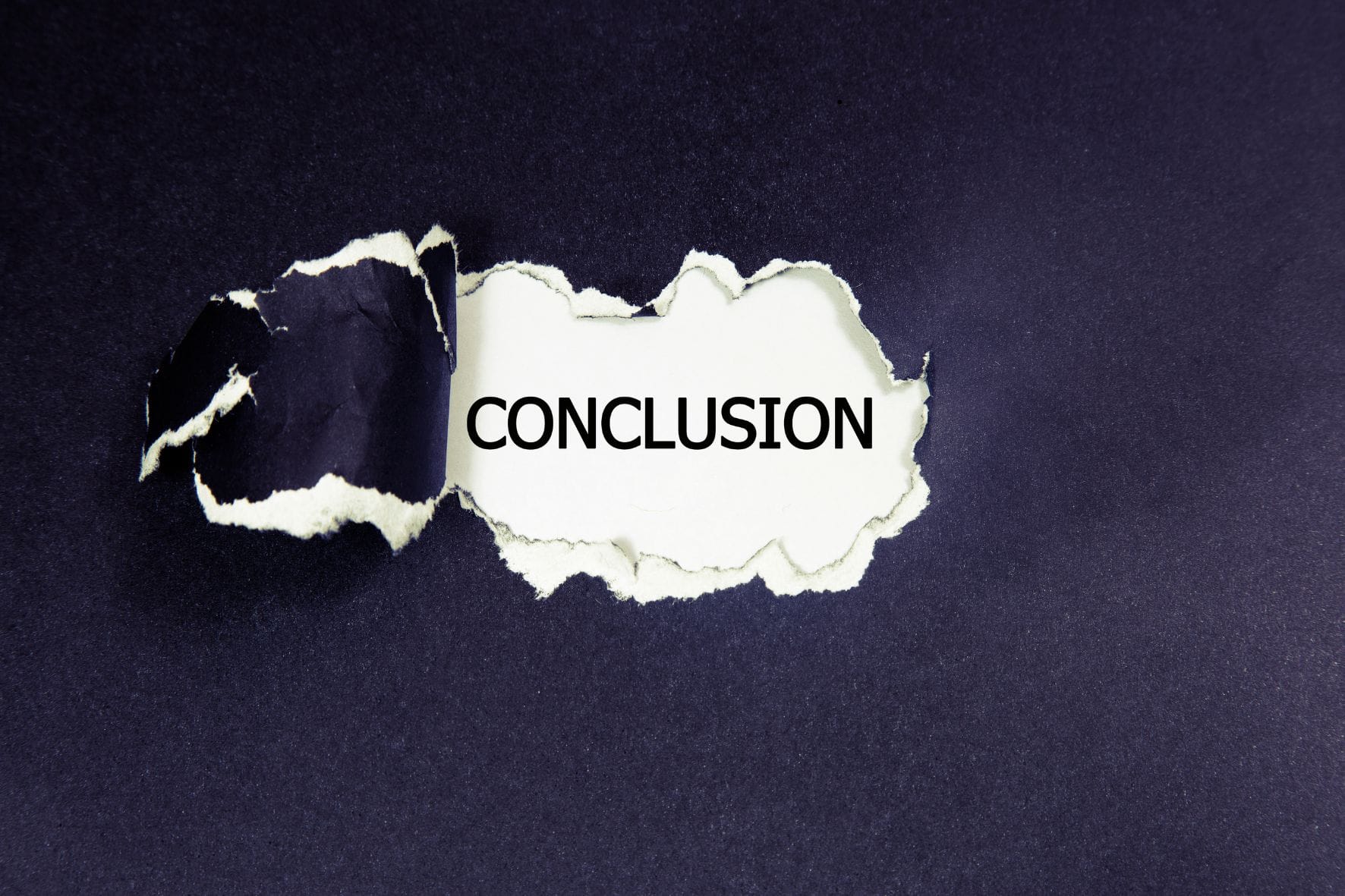
Creating impactful merchandise requires thoughtful planning, clear objectives, and a deep understanding of your audience. From defining your brand identity to choosing the right products, every step plays a crucial role in shaping merchandise that not only looks good but also delivers value.
Whether you aim to boost internal team spirit, build customer loyalty, or increase brand visibility, well-designed merch can help you achieve these goals effectively.Remember to stay updated with trends like minimal branding, tech-lifestyle fusion, and eco-friendly packaging to keep your merchandise relevant in 2025 and beyond.
With the right approach, learn how to create merch and transform it into a powerful tool for long-term brand recall and customer engagement.
